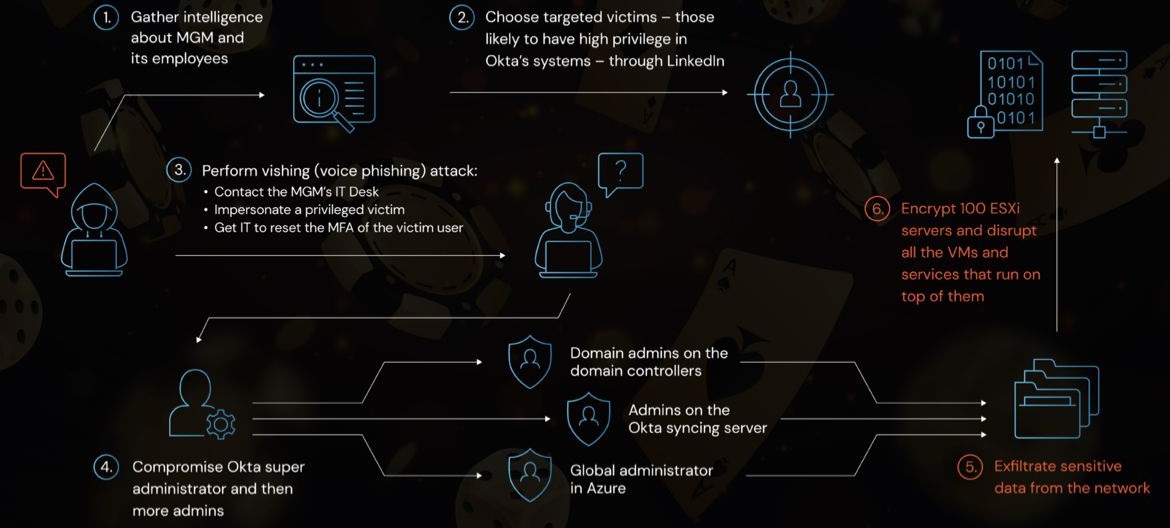
In an era where technology pervades every aspect of our lives, the importance of cybersecurity cannot be overstated. However, it is essential to recognize that cyber threats do not exist in isolation; they can be influenced by physical and environmental factors.
This article aims to elucidate the interplay between physical and environmental security with cybersecurity, exploring the connections, vulnerabilities, and strategies necessary to safeguard our digital assets comprehensively.
Understanding Physical Security
Physical security refers to the measures implemented to protect physical assets, people, and resources from unauthorized access, theft, damage, or destruction. While it primarily deals with tangible elements, it directly impacts cybersecurity. Physical security breaches can enable cyber attacks by providing unauthorized individuals with physical access to critical infrastructure, such as servers, network devices, or data centers. Therefore, implementing robust physical security measures, including access controls, surveillance systems, and security personnel, is vital to prevent unauthorized access and potential cyber threats.
Environmental Factors and Their Cybersecurity Implications
Environmental security involves protecting critical infrastructure from natural disasters, accidents, and other environmental hazards. It encompasses considerations such as power outages, equipment failures, fires, floods, and extreme weather events. While these factors may seem unrelated to cybersecurity, they can significantly impact the availability, integrity, and confidentiality of digital systems. For instance, power outages can disrupt operations, leading to data loss or compromise. Environmental threats can also physically damage hardware, potentially creating vulnerabilities that cybercriminals could exploit. Therefore, organizations must incorporate environmental risk assessments and disaster recovery plans into their cybersecurity strategies.
Interdependencies and Synergies
Physical security and environmental security are intrinsically linked to cybersecurity, forming an interdependent ecosystem. A breach in physical security, such as unauthorized access to a data center, can compromise the confidentiality and integrity of digital systems. Similarly, a cyber attack can disrupt physical security measures, hindering the response to physical threats. This interdependence requires organizations to adopt an integrated approach to security, considering both physical and cyber threats holistically. Collaborative efforts between physical security teams and cybersecurity experts are crucial to developing comprehensive strategies that address vulnerabilities across the entire spectrum.
Comprehensive Security Measures
To enhance cybersecurity resilience, organizations should adopt a multi-layered approach that combines physical, environmental, and cyber-specific measures. This includes:
Access Controls and Surveillance: Implementing stringent access controls, video surveillance systems, and intrusion detection systems to prevent unauthorized physical access and detect potential security breaches.
Secure Facility Design: Incorporating secure design principles during the construction or renovation of facilities to mitigate physical vulnerabilities, including secure entryways, reinforced walls, and secure cabling infrastructure.
Environmental Risk Assessments: Identifying potential environmental threats and vulnerabilities to critical infrastructure, developing disaster recovery plans, and implementing redundant systems to ensure operational continuity.
Security Awareness and Training: Educating employees on the importance of security practices, such as password hygiene, social engineering awareness, and reporting suspicious activities, to prevent cyber incidents arising from physical or environmental vectors.
Cybersecurity Technologies: Deploying advanced cybersecurity technologies, including firewalls, intrusion detection systems, encryption, and security information and event management (SIEM) solutions, to protect digital assets from cyber threats.
Conclusion
In an increasingly interconnected world, the relationship between physical and environmental security with cybersecurity is undeniable. Understanding this intricate interplay is vital for organizations to develop robust security strategies that protect both physical and digital assets. By adopting a comprehensive approach that integrates physical security, environmental security, and cybersecurity measures, we can enhance our resilience against evolving cyber threats and safeguard the digital realm for a secure future.

